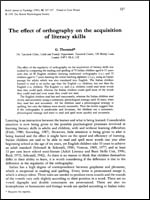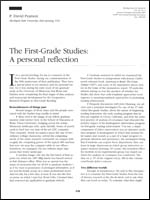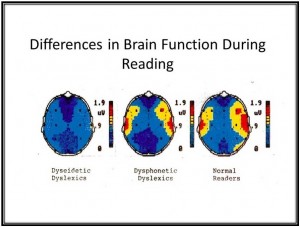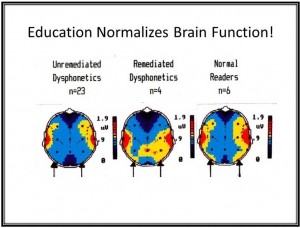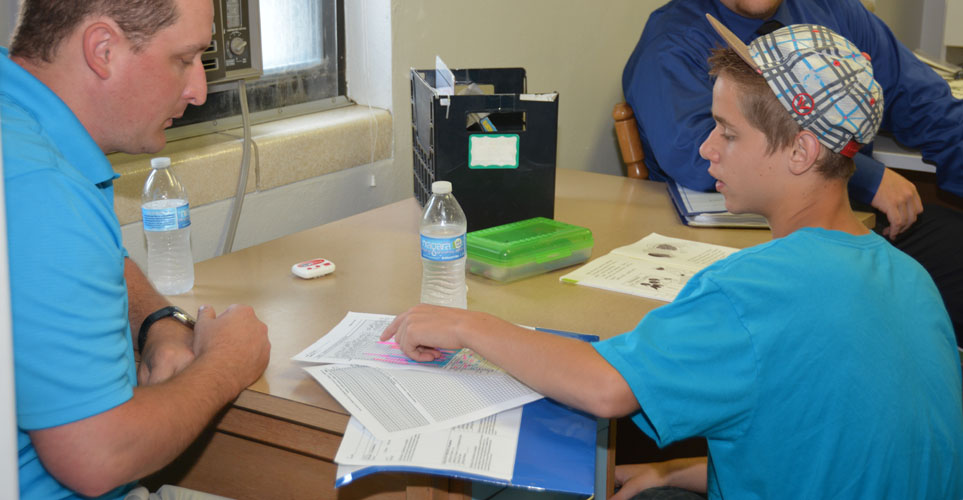
Research on Using ITA to Teach Beginning Readers
The initial teaching alphabet (ITA) has proven effective not only for beginning reading development but also for remediation of older students with reading disabilities/dyslexia.
The Effect of Orthography on the Acquisition of Literacy Skills
Thorstad (1991) investigated the effect of orthography on beginning readers by comparing acquisition of reading and spelling in Italian children, English children learning to read with ITA, and English children learning with the traditional orthography. He found that Italian and English ITA children learned to read in one year what would take English traditional orthography children three to five years to achieve.
Pearson First-grade Studies
P. David Pearson (1997), in a review of the First Grade Studies of the 1960’s, commented that “when kids were equipped with a transparent orthography (ITA) that was completely under their control, they became fearless writers, producing a great deal of text.”
Use of ITA for Remediation of Dyslexia
The ITA intervention protocols used in the Saint Mary’s University ITA Literacy Clinic were developed by Dr. Jane Flynn (Anderson), based on her research and clinical experience working with students with dyslexia for the past 28 years.
Dr. Flynn’s doctoral research featured quantitative electrophysiology (QEEG) recordings to investigate whether children with different kinds of reading disabilities would exhibit different patterns of brain activation compared to each other and to normally-developing peers when reading aloud.
Initial results confirmed her hypothesis. Children who had difficulty learning how read due to phonological deficits differed from both normally-developing readers, and from other dyslexic readers. These differences were not found during the Eyes Closed Resting condition, indicating that children with reading disabilities are not different from normal readers when they are not engaged in effortful cognitive processing.
Follow up recordings of dyslexic readers who had attained grade-level reading skills compared to unremediated peers revealed a surprising finding: Remediated dyslexics demonstrated normalization of brain activation patterns! At that time (mid 1980s), only one other lab had reported normalization of brain function after remediation of reading difficulties. Since that time, other brain imaging studies have found evidence of brain function normalization in adolescents who were successfully remediated.

